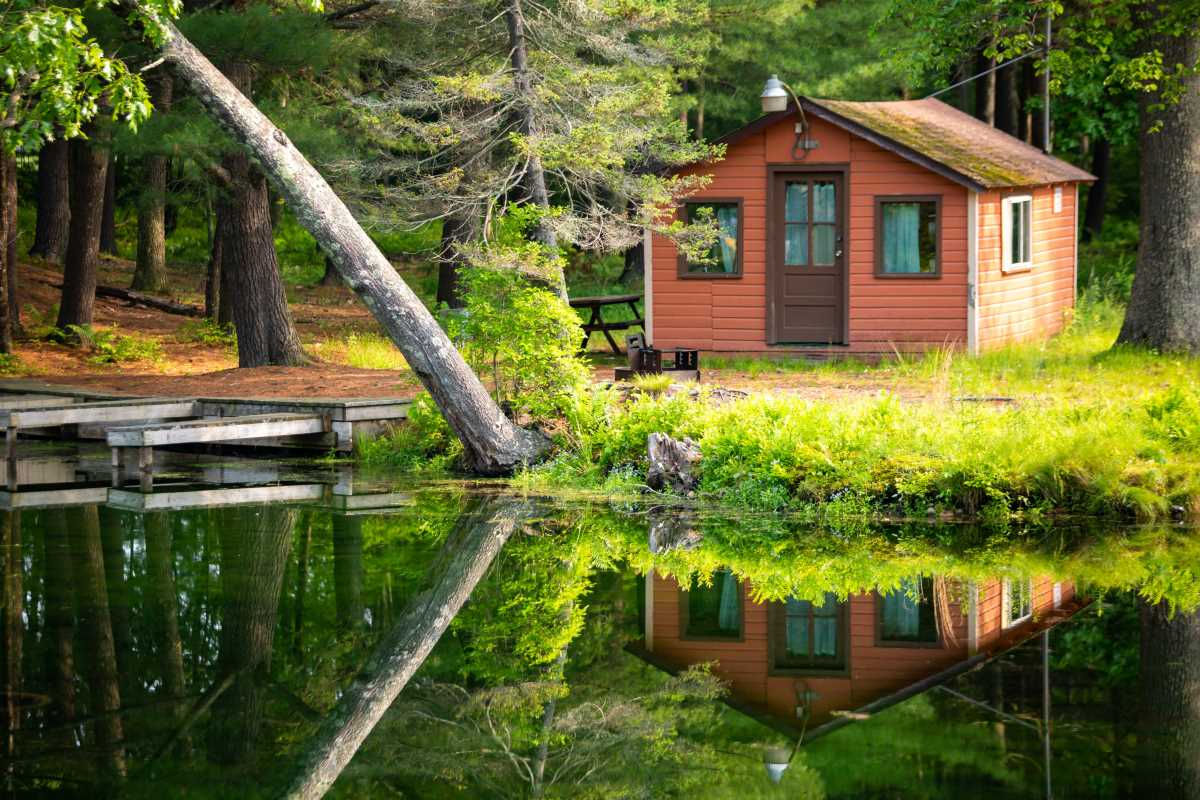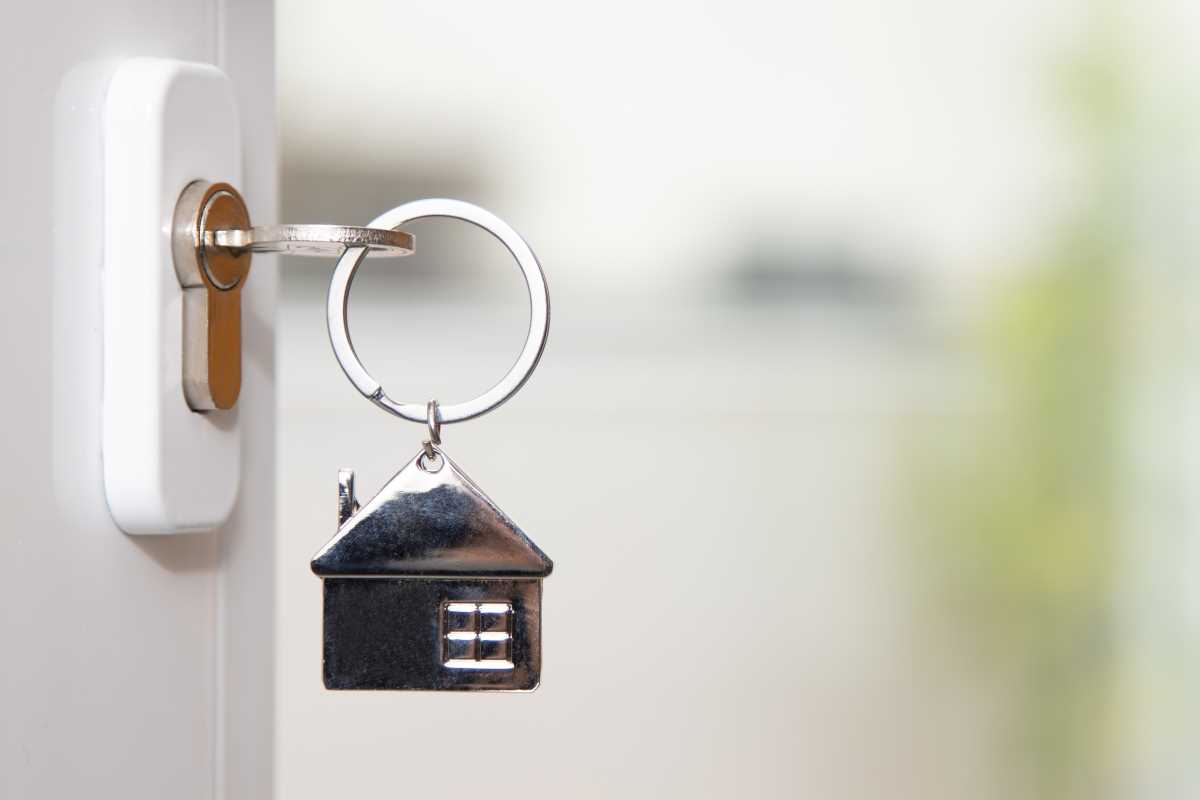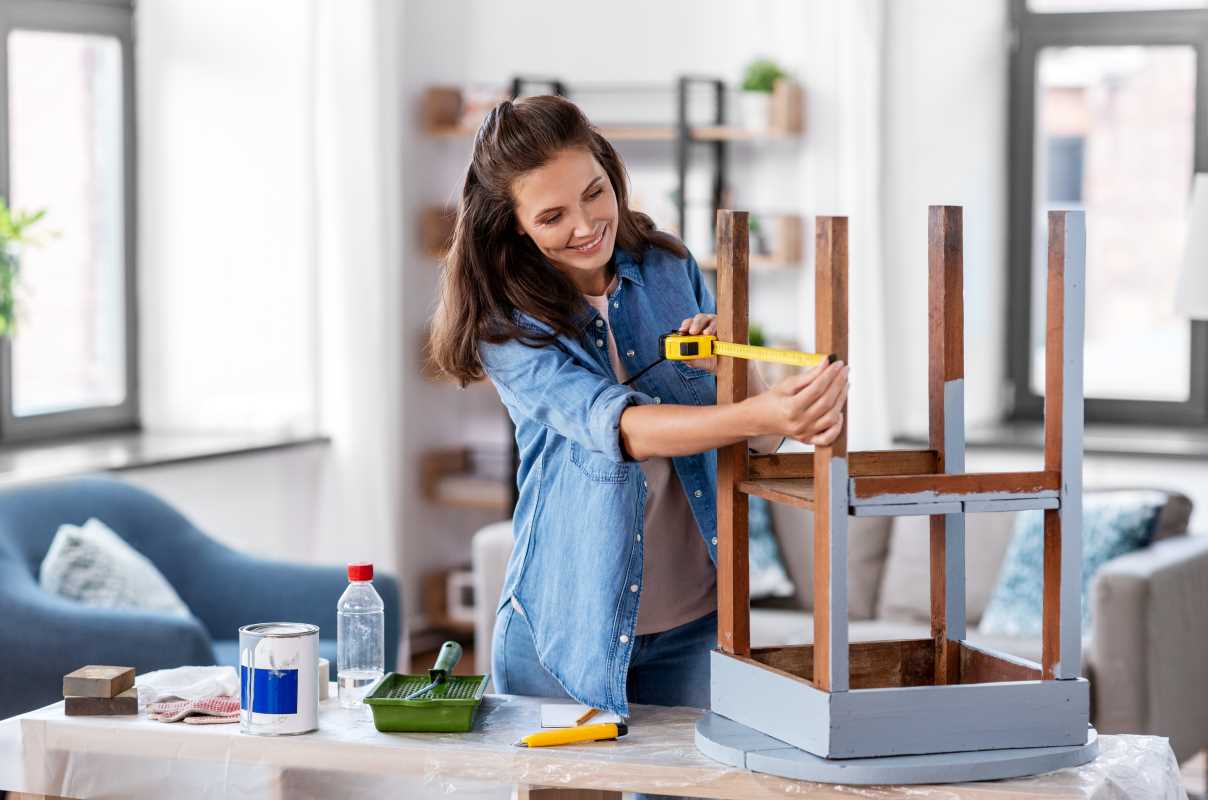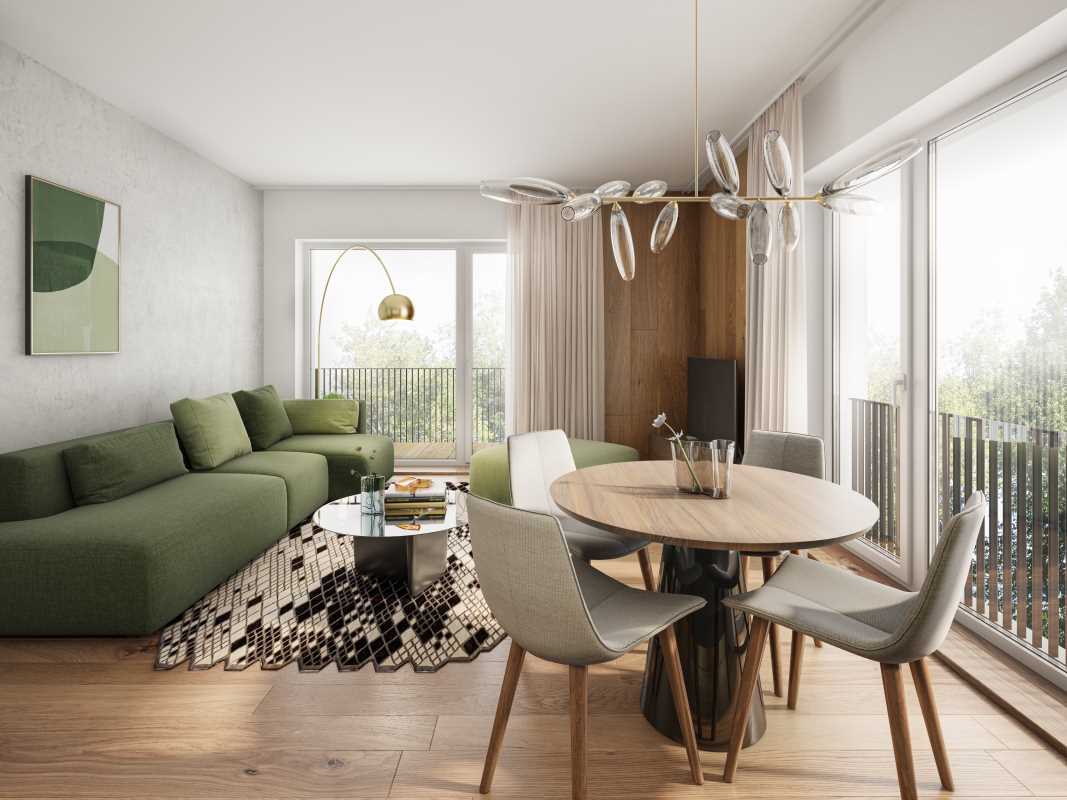Imagine walking into a room that instantly makes you feel calmer and more refreshed. The air smells clean, light streams in through large windows, and lush greenery surrounds you. Sounds ideal, doesn’t it? That’s the magic of biophilic interior design. This trend isn’t just about making your home look pretty; it’s rooted in the idea that bringing natural elements into your living space can benefit your mental and physical well-being.
Biophilic design is becoming increasingly popular and for good reason. Studies show that surrounding yourself with nature-inspired interiors can reduce stress, boost creativity, and even improve your sleep. It’s not just a design aesthetic; it’s a lifestyle upgrade. If you want to create a healthier, more inviting space, this might be your next big home project.
What Is Biophilic Design?
Biophilic design is all about connecting humans with the natural world through thoughtful design choices. The word "biophilia" translates to "love of life" or "love of living things," and this concept emphasizes how closely linked our well-being is to our environment. Unlike typical home decor trends, biophilic design focuses on creating harmony between indoor spaces and nature.
It’s more than just putting a plant on a shelf. Biophilic design incorporates natural elements holistically. That could mean anything from installing a green living wall to using organic materials like wood and stone or maximizing sunlight to enhance the space.
This approach works everywhere—from homes to offices and even healthcare facilities. Environments inspired by biophilic design support relaxation, focus, and a sense of peace that can counteract the stress of modern life.
Why Biophilic Design Is Good for Your Health
Your environment directly impacts how you feel, and biophilic design harnesses nature’s soothing qualities to improve your mental and physical health.
First, it can reduce stress. Nature has been shown to lower cortisol levels, the hormone associated with stress. By surrounding yourself with greenery, natural textures, and open spaces, you create an environment where your mind and body can decompress. Even something as simple as a view of plants from your window can have this calming effect.
Biophilic design can also enhance your focus and productivity. Natural light, for instance, improves circadian rhythm, helping you feel more alert during the day and sleep better at night. That’s a win-win for anyone juggling work, family, or personal commitments.
Additionally, incorporating natural materials like wood and stone can help maintain healthier air quality by reducing synthetic compounds often found in manufactured products. Air-purifying plants can further enhance this benefit by filtering toxins and producing oxygen.
Ways to Incorporate Nature Indoors
If you’re excited about biophilic design but unsure where to start, the good news is that you don’t need a major renovation to bring it into your space. It’s all about making small but meaningful design changes that create a natural vibe.
One of the easiest places to begin is with plants. Potted plants, hanging greenery, or even a terrarium can instantly infuse your room with life. Low-maintenance options like snake plants, pothos, and succulents are perfect if you’re new to caring for plants.
Natural light is another essential element of biophilic design. Maximize the sunlight in your home by using sheer curtains or placing mirrors strategically to reflect light into darker corners. If you don’t have a lot of natural light, consider adding soft, warm-hued artificial lighting to mimic sunlight.
You can also incorporate materials that evoke a connection to nature. Swap out plastic finishes for wooden pieces, woven baskets, or stone accents. Rugs, throws, and cushions made from natural fibers like cotton, wool, or jute can make a space cozier while adding a tactile element of the outdoors.
The Role of Color in Biophilic Design
Biophilic design isn’t just about physical elements; it also relies on colors inspired by nature. Think mossy greens, earthy browns, sky blues, and sandy beiges. These tones are calming and promote a sense of balance, something we often seek in our busy lives.
You can incorporate these colors into your space through paint, furniture, or smaller decorative pieces like artwork. A green feature wall, for instance, can channel the energy of a forest, while blue accents in your decor can evoke the tranquility of water. The goal is to make the space feel grounded and connected to the natural world.
Biophilic Design Beyond Aesthetics
The beauty of biophilic design isn’t just skin deep. While it certainly makes your space look beautiful, its deeper purpose is to support a healthy and sustainable lifestyle. Choosing eco-friendly materials, for instance, not only benefits your home but also reduces the overall environmental impact.
Biophilic design also ties into mindfulness. Being surrounded by nature-inspired elements encourages you to slow down, breathe, and appreciate the moment. From the soft rustle of leaves to the sunlight streaming through your windows, these sensory experiences connect you to the present in a way few other design trends can.
Whether you’re sprucing up one room or redesigning your entire home, biophilic interior design is a functional, meaningful way to create a space that nurtures both you and the planet. By bringing a little piece of the outside into your world, you’re making an investment in your well-being that truly pays off.
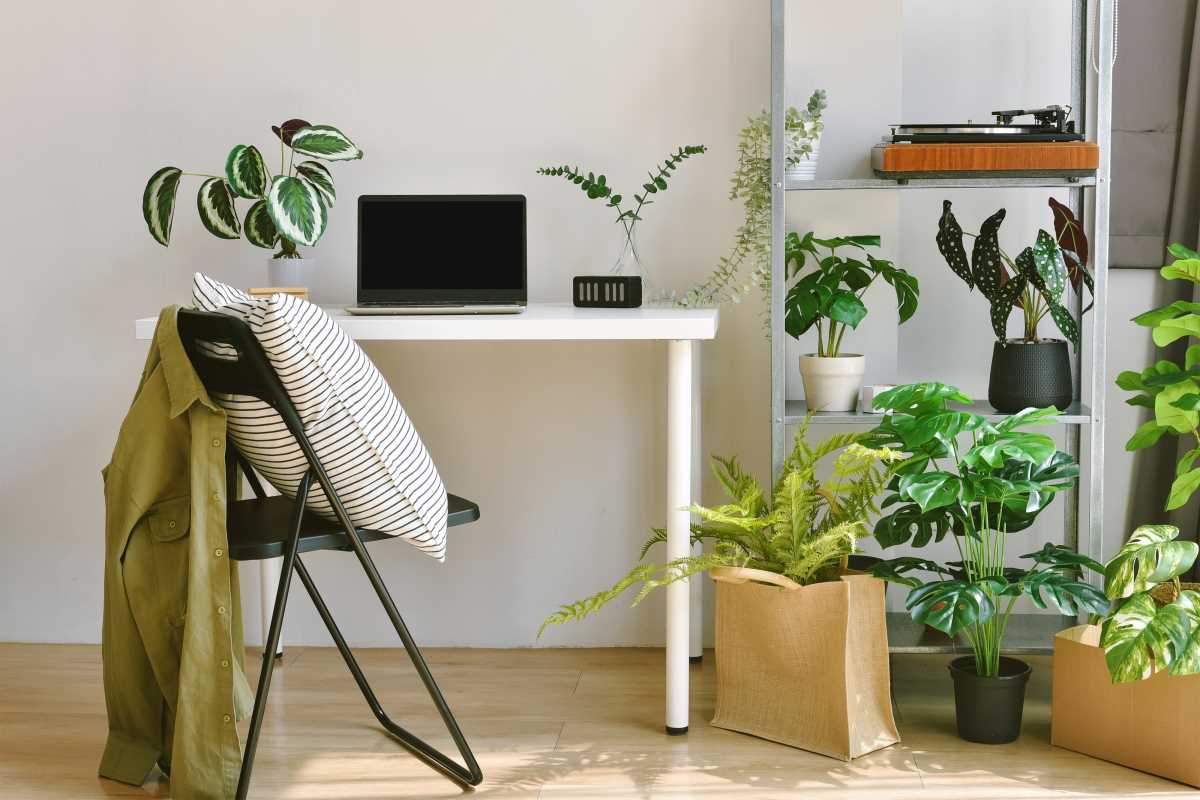 (Image via
(Image via